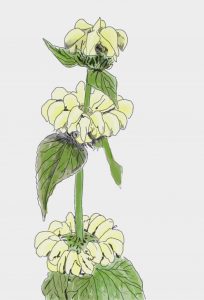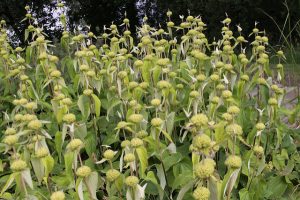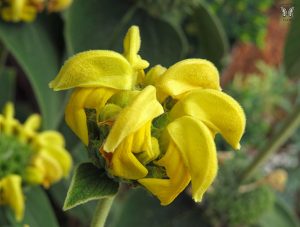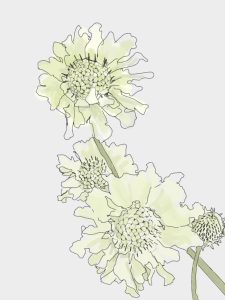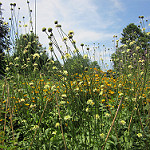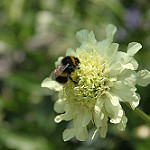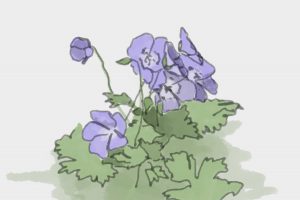 Geranium ‘Rozanne’, Rozanne cranesbill
Geranium ‘Rozanne’, Rozanne cranesbill
Family: Geraniaceae
Description:
This is a fast and densely spreading perennial that is situated low to the ground. Flowers are dusty blue and held above a mound of dark green foliage. Geranium ‘Rozanne’ is notable for a profusion of flowers that persist for months. Flowers are sterile and everblooming, emerging in mid-spring and continuing through mid-fall.
Growing conditions:
This species grows best in partial or full sun with moist soil.
Suitable uses:
This is an ideal ground cover and works well when needed to quickly fill in large patches.
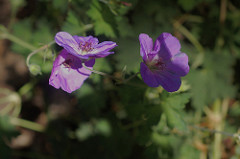
CC Image courtesy of Meet the People, Witness the Events on Flickr
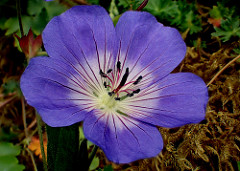
CC Image courtesy of Brenda Dobbs on Flickr

